Abstract: In turbine-driven power plants, the performance and status of steam turbine valves are the key to ensure the safety and economic operation of generating units. In recent years, the investigation found in a number of thermal power plants found that the turbine valve failure occurred from time to time, seriously affecting the safety of generating units and economy. The article mainly analyzes the causes of the common jam in the high temperature and high pressure valves of steam turbines, and puts forward the solution and precautionary measures.
1 Introduction With the development of the country's economy, the country's growing demand for energy, while long-term consumption of coal, oil and other non-renewable resources, bringing a lot of pollution and greenhouse gas emissions, but also to the environment Therefore, the high-capacity, high-parameter and high-efficiency steam turbines have become the mainstream trend in the industry. Since turbine valve failures usually occur during the startup and power generation of units, there are many failure factors, difficulties in finding fault points, and time-consuming troubleshooting Longer, not only a waste of fuel, also led to postponed grid generation and reduce the amount of power generation, failure may result in valve out of control unit tripping, turbine speeding and other major accidents.
2, valve structure and principle High-parameter inlet valve is generally high pressure main steam valve, high pressure regulating valve and medium pressure joint steam valve. High-pressure main steam valve and high-pressure control valve welded into the whole (Figure 1), 600MW unit is generally two main steam valve with four control valves, one side of the main steam valve for the two switch-type valve, the remaining valves are regulated Type valve Valve open by the high-pressure anti-fuel oil motivation, the closure depends on the seat spring force.
Valve opening and closing process to high-pressure regulating valve as an example to illustrate, when the oil motivation shut-off solenoid valve power failure, shut off the solenoid valve drain port to unload the valve chamber to establish high-pressure safety oil pressure, unloading valve closed at the same time off Off the solenoid valve opens under the action of the safety oil, the pressure oil is shut off the solenoid valve to the servo valve , the servo valve will introduce the pressure oil into the lower chamber of the piston, the pressure oil overcomes the spring force of the operating seat and the steam force to make the valve open, meanwhile, the servo The valve controls the valve opening by controlling the fuel under the cylinder piston by receiving signals from DEH. When the turbine stops closing the valve, the shut-off solenoid valve is energized, the drain port is opened, the high-pressure safety oil pressure is removed, the unloading valve is opened, and the valve is quickly closed under the action of the spring force of the operating seat.
Main structure of high-pressure main steam valve spool as shown in Figure 2, the pre-opening disc and the main steam valve disc cover left pre-start stroke, the valve is open, the motive of the main valve through the valve seat pilot valve and pre-start valve Disc upward movement, the pre-opening valve disc tightly after the valve disc gland drive the main valve disc upward movement, the valve opens; valve is closed, the oil motive high-pressure safety oil loss of pressure, the stem in the spring seat force quickly down Movement, leading pre-Kai valve plate and the main steam valve disc downward movement, the valve closed.
3 valve fault analysis 3.1 servo valve jam as high pressure anti-fuel hydraulic system internal servo valve, solenoid valve clearance is small, high requirements on oil cleanliness, regulating system generally require anti-fuel oil cleanliness reached NAS5 level or MOOG2, turbine trial operation or maintenance after the initial operation, often due to unreliable anti-fuel cleanliness, often appear servo valve jam as the valve (mainly refers to the regulating valve, the two switch-type valve is equipped with direct-acting electromagnet Operated valve ) does not operate.
3.2 Crosshead Failure Some high-pressure regulating valve in power plant commissioning or put into operation for a period of time, the valve shut down in the shutdown unit, the rapid closure of "jam", remote and on-site feedback valve card are shown at a certain opening Can not be closed to zero phenomenon, and when the unit is running, when a regulation valve opening changes, the unit load does not change along with the failure.
3.3 Material Problems Different materials have different coefficients of thermal expansion, if the material is wrong, there may be failure of the stem clearance under hot state and the valve jam. The manufacturer has strict inspection requirements when assembling the valve, and different material parts Common rate is very low, so the possibility of such failures is small, in addition, the power plant repair valve components also need to check the material to confirm, to avoid misuse of parts or purchase of substandard products, valve disintegration inspection When the gap appears obvious abnormalities, the relevant parts materials can be reviewed to eliminate the fault point.
4 Steam Turbine Valve Management, Maintenance and Control It can be seen from the failure analysis that the causes of turbine valve failure mainly include the local control mode, loose wiring, solenoid valve and feedback device (LVDT) faults, etc. In view of these possible faults , The development of a diagnostic system that diagnoses faults in time and accurately and reports the fault points can improve fault handling efficiency, restore normal power generation as soon as possible and reduce economic losses. On the basis of this fault diagnosis function, the valve performance and status of the steam turbine can be diagnosed early before the steam turbine is turned on or even before the boiler is ignited, and the hidden dangers can be treated as soon as possible through the aid of testing, maintenance and historical data analysis. Reduce the frequency of turbine valve failure, improve unit safety and reliability.
4.1 The new valve needs to be cleaned and checked on the valve during installation. The clearances of the valve components of the re-check valve meet the design requirements of the drawings. At the same time, the tightness and caulking of the fasteners inside the valve core are checked out. For the crosshead structure of the valve, should be strictly in accordance with the requirements of the factory assembly refit, pay attention to check the stem, gasket ring and crosshead contact to meet the design requirements and the stem is fully screwed into the crosshead and then install the anti-rotation pin, Stem and crosshead anti-rotation pin hole If there is a wrong hole, to find the reasons, can not take the way of turning the stem on the pin hole, re-match the pin hole to ensure that the pin and pin hole clearance to meet the design requirements and correct Crimp to prevent the pin from exiting.
4.2 Test operation In order to achieve the predictive nature of the diagnostic system, early detection and diagnosis of turbine valve performance and status, to discover the hidden dangers of the turbine valve ahead of schedule, combined with the original test function DEH system, designed the pre-boot test function, through the test operation, with Real-time data analysis and fault diagnosis of the diagnosis system to diagnose the performance and status of the valve before the steam turbine rotates. Refer to the diagnosis report for timely treatment of the abnormal situation so as to avoid serious economic loss caused by the valve failure in the operation of the steam turbine. DEH system, the original test, including fuel injection test, speeding test, high voltage blocking test, valve activity test, these tests are the main function of the turbine test. The field application found that these tests do not completely cover the DEH system equipment, easily lead to the hidden dangers of individual equipment can not be found in time, the equipment hidden dangers will have a serious steam turbine valve failure. Therefore, the diagnostic system based on the original test, through the programming and software interface design, adding a single valve manual test, a single solenoid valve performance test, static fuel injection test, static speed test and other test operation functions, these test operations can Assist the system to diagnose the fault and diagnose the turbine valve as early as possible.
4.3 Intelligent Maintenance In order to cooperate with the main fault diagnosis function of the diagnosis system, it further enriches its auxiliary functions, facilitates the troubleshooting and shortens the processing time, and also designs the intelligent maintenance functions such as the valve remote verification and simple abnormal automatic processing. Aiming at the remote calibration of the steam turbine regulating valve, DEH is used to control the bottom of the servo mechanism. By means of graphic language, logic and screen configuration are used to realize the operation of the man-machine interface of the operator station and the valve verification is completed automatically. This function is easy and quick to operate and improve the maintenance efficiency. Through remote calibration, the control precision and linearity of the servo mechanism are guaranteed, and the requirements of the unit load on the valve opening are satisfied. In this way, the turbine valve can be quickly and precisely controlled during the operation of the unit to ensure the safe and economical operation of the unit.
Conclusion In summary, high and medium pressure inlet steam turbine valve is one of the key components of high temperature and high pressure steam turbine. The power plants should be installed, operated, maintained and overhauled strictly according to the requirements of the manufacturer. The turbine valve condition diagnosis system can effectively reduce Turbine valve failure occurred during the operation of the unit, escort the steam turbine safety and economic operation. In the national power industry, this diagnostic system has good promotion value, and also has a high promotion meaning in other industries that use steam turbines.
references:
[1] Tao Yaxiong. Principles and Techniques of Digital Communication [M]. Beijing: Publishing House of Electronics Industry, 2006.
[2] Wang Xuanxin, Ge Xiaoxia. Turbine digital electro-hydraulic control system [M]. Beijing: China Electric Power Press, 2004.
Hebei Mingda specialize in field of casting for many years, including Die Casting,Sand Casting,Investment Casting and precision casting .
Our products include all kinds of raw castings to be made of ductile iron, grey iron, brass, Stainless steel and aluminium, machined castings and forged parts. To make these parts According to the customers' drawings, we have relative suitable production craft and equipment, such as resin sand, sand mould, hot core boxes, lost-wax, lost -foam and so on.
Specially for hydrant bodies and valves' bodies, we have collected rich experience for these Products in the past 16 year's actual production, Now we are proud of our products with good Surface and high quality material. Whatever, we have been trying our best to provide our Customers with better quality castings by improving production crafts and more careful quality Control.
Investment Casting
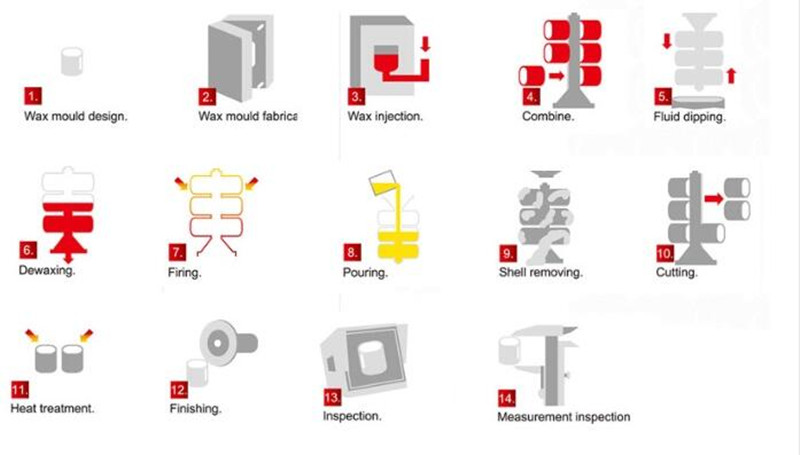
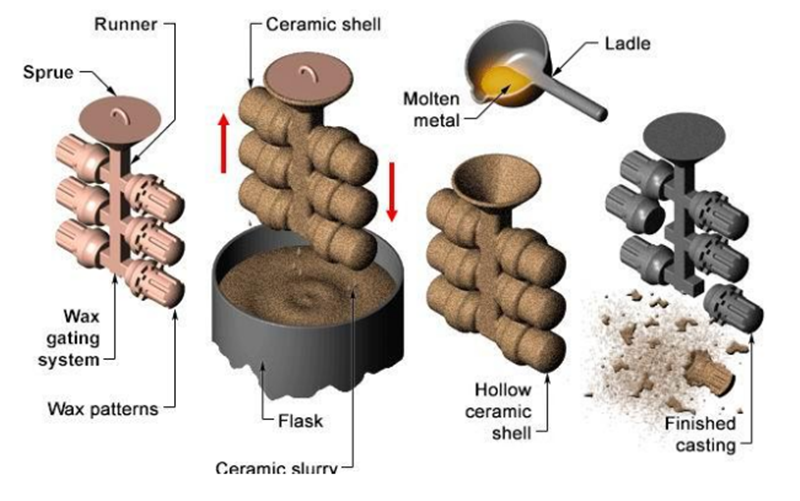
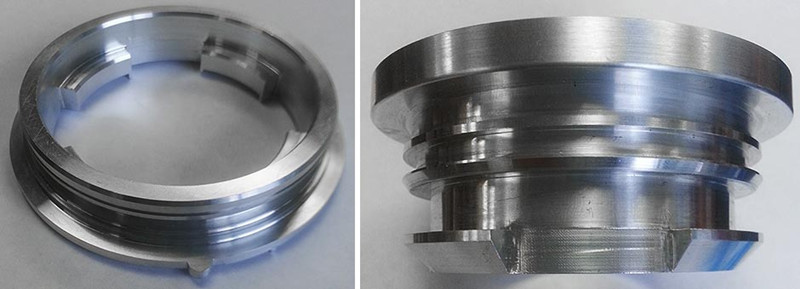

Sand Casting

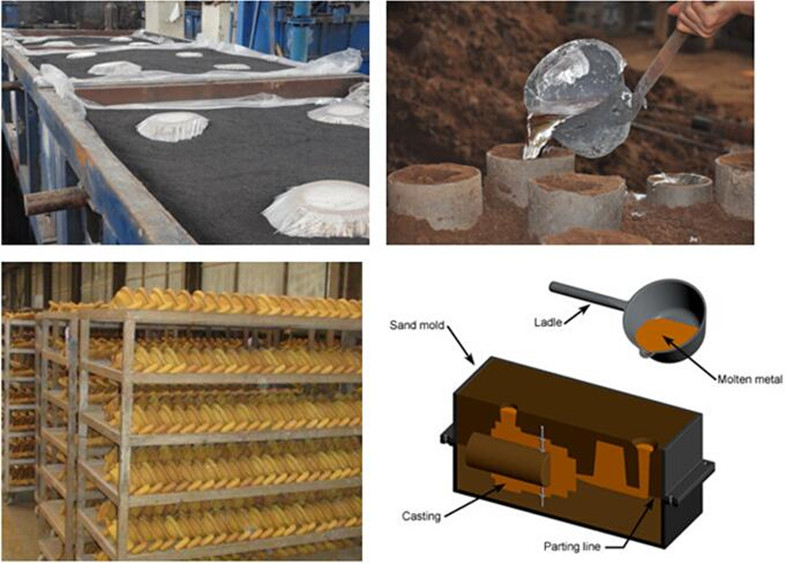
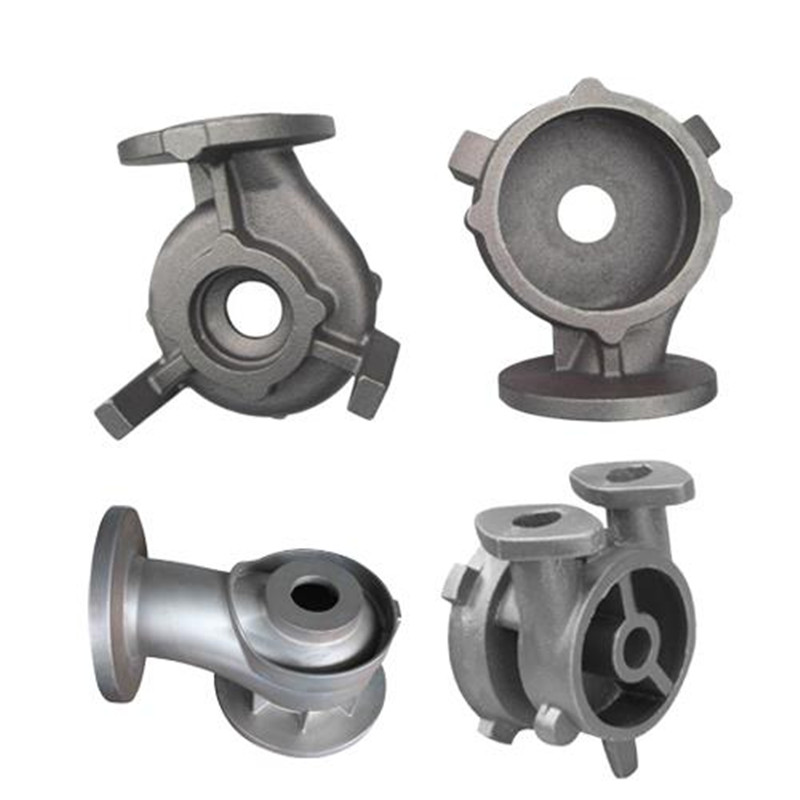
Aluminium Casting

Industrial Casting,Aluminum Die Casting,Sand Casting,Lost Wax Casting
Hebei Mingda International Trading Co.,Ltd , https://www.amazingcastings.com